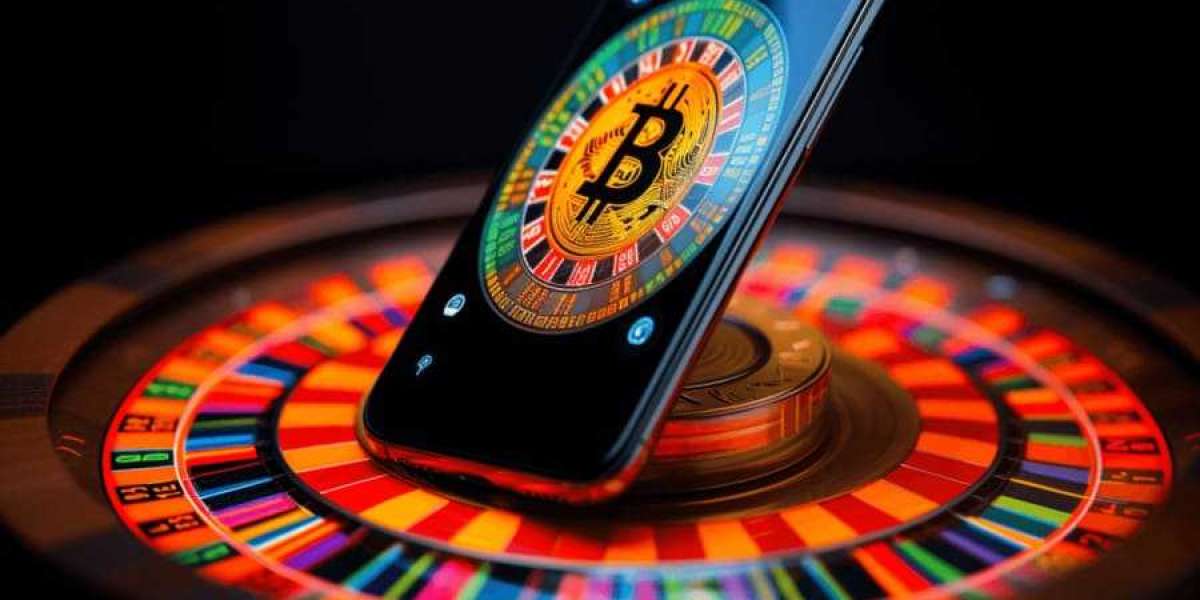Navigating the Industrial Design Market: Trends, Segments, and Key Players
In the dynamic landscape of industrial design, where creativity converges with functionality, the market continues to evolve, driven by technological advancements, shifting consumer preferences, and global economic factors. This article provides an in-depth exploration of the industrial design market, offering insights into its key segments, latest news, prominent companies, drivers of growth, and regional dynamics. The Industrial Design industry is projected to grow from USD 45.63 Billion in 2024 to USD 68.45 Billion by 2032. exhibiting a compound annual growth rate (CAGR) of 5.20% during the forecast period (2024 - 2032).
Market Overview:
The industrial design market encompasses a wide array of products and services aimed at enhancing the functionality, aesthetics, and user experience of manufactured goods. From consumer electronics and automotive design to furniture and architectural projects, industrial design plays a crucial role in shaping the products and environments we interact with daily.
In recent years, the market has witnessed significant growth, fueled by rapid technological innovation and the increasing demand for customized, user-centric solutions. With the rise of digitalization, Industry 4.0 initiatives, and the Internet of Things (IoT), industrial designers are leveraging advanced tools such as computer-aided design (CAD), virtual reality (VR), and additive manufacturing to streamline the design process and create cutting-edge products.
Request To Free Sample of This Strategic Report - https://www.marketresearchfuture.com/sample_request/6936
Key Market Segments:
The industrial design market can be segmented into several key categories, including product design, packaging design, user interface (UI) and user experience (UX) design, and environmental design. Each segment caters to distinct industries and applications, offering specialized services tailored to meet the unique requirements of clients.
Product Design: This segment focuses on the conceptualization and development of physical products, ranging from consumer electronics and household appliances to medical devices and industrial equipment. Product designers collaborate closely with engineers and manufacturers to ensure that designs are both aesthetically pleasing and functional.
Packaging Design: Packaging plays a crucial role in branding and marketing products, and designers in this segment specialize in creating visually appealing and functional packaging solutions. With sustainability becoming increasingly important, there is a growing emphasis on eco-friendly packaging materials and designs that minimize environmental impact.
UI/UX Design: In the digital age, user interface and user experience design have become integral to the success of software applications and digital platforms. UI/UX designers focus on creating intuitive and engaging interfaces that enhance user satisfaction and drive adoption.
Environmental Design: Environmental designers are tasked with creating spaces that are not only visually appealing but also functional and sustainable. This includes architectural design, urban planning, and landscape architecture, with an emphasis on incorporating green technologies and materials to minimize environmental footprint.
Industry Latest News:
In the fast-paced world of industrial design, staying updated on the latest trends, technologies, and developments is crucial for professionals and businesses alike. Recent news and innovations shaping the industry include:
Advancements in 3D Printing: The widespread adoption of additive manufacturing technologies has revolutionized the prototyping and production process, allowing designers to rapidly iterate and test designs with greater flexibility and efficiency.
Integration of AI and Machine Learning: Artificial intelligence and machine learning algorithms are increasingly being utilized in industrial design to analyze user data, optimize designs, and automate repetitive tasks, enabling designers to focus on more creative aspects of their work.
Focus on Sustainability: With growing awareness of environmental issues, there is a rising demand for sustainable design solutions that minimize waste, conserve resources, and reduce carbon footprint. Designers are incorporating recycled materials, energy-efficient technologies, and biodegradable packaging into their projects to address these concerns.
Emphasis on Inclusive Design: Inclusivity and accessibility are gaining prominence in industrial design, with designers striving to create products and environments that accommodate users of all ages, abilities, and backgrounds. This includes features such as adjustable interfaces, ergonomic designs, and sensory-friendly environments.
Several key players dominate the industrial design market, leveraging their expertise and innovative solutions to drive growth and competitiveness. Some of the leading companies in the industry include:
IDEO: Known for its human-centered design approach, IDEO is a global design and innovation consultancy that has worked with some of the world's leading brands to create impactful products and experiences.
frog: A design and strategy firm, frog specializes in digital and physical product design, with a focus on delivering innovative solutions that resonate with users and drive business success.
Apple Design Team: Renowned for its iconic product designs, Apple boasts a world-class design team that has been instrumental in shaping the company's signature aesthetic and user experience across its range of products.
Tesla Design Studio: As a leader in electric vehicles and sustainable energy solutions, Tesla's design studio is responsible for developing cutting-edge automotive designs that combine performance, innovation, and style.
Ask for Customization - https://www.marketresearchfuture.com/ask_for_customize/6936
Market Drivers:
Several factors are driving growth and innovation in the industrial design market, including:
Technological Advancements: The rapid pace of technological innovation, including advancements in AI, IoT, and advanced manufacturing techniques, is enabling designers to push the boundaries of creativity and efficiency in product development.
Changing Consumer Preferences: Consumers are increasingly seeking products that not only meet their functional needs but also align with their values and aspirations. Design plays a crucial role in differentiating brands and capturing consumer attention in an increasingly competitive market.
Globalization and Urbanization: The rise of urbanization and the expansion of global markets are creating new opportunities and challenges for industrial designers, as they navigate diverse cultural preferences, regulatory requirements, and market dynamics.
Sustainability and Environmental Awareness: With growing concerns about climate change and resource depletion, there is a growing emphasis on sustainable design practices that minimize environmental impact and promote long-term viability.
Regional Insights:
The industrial design market exhibits regional variations in terms of design trends, industry focus, and market dynamics. While design hubs such as Silicon Valley, New York, and Tokyo remain hotbeds of innovation, emerging markets in Asia-Pacific and Latin America are also gaining prominence, driven by rapid industrialization and economic growth.
In conclusion, the industrial design market continues to evolve in response to technological advancements, changing consumer preferences, and global trends. By staying abreast of the latest developments and embracing innovation, designers and businesses can seize opportunities and drive growth in this dynamic and competitive landscape.



